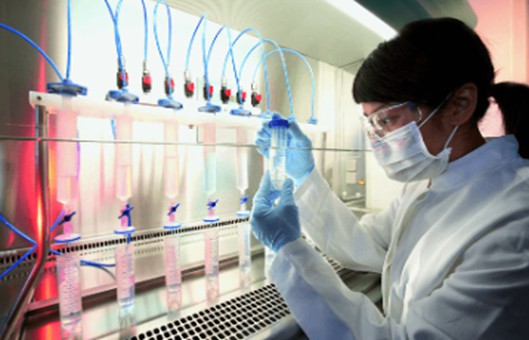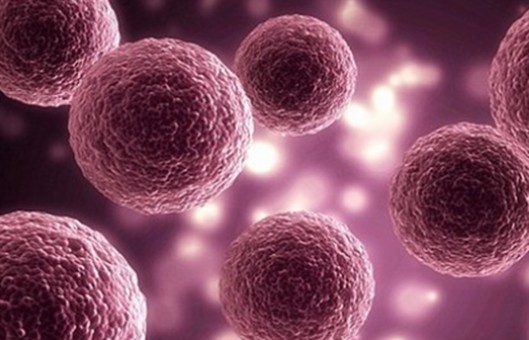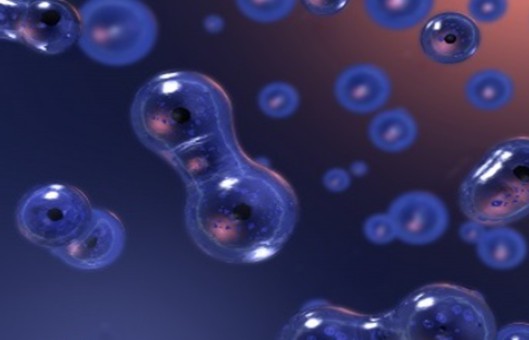GUIDELINE
- Since embryonic stem cells are seldom sourced, this requires expansion in vitro to obtain sufficient numbers of embryonic stem cells. However, during long-term cell culture, microbial contamination or genotypic changes may occur, resulting in the loss of cell lines with excellent characteristics. To prevent the loss of stem cells, reasonable freezing and recovery of mESCs in vitro and indefinite preservation will become critical.
- If mESCs need to be frozen, it is best to do so at an early stage of culture. Select cells with normal cell morphology and karyotype, and store them in liquid nitrogen for a long time. The method is the same as that for freezing and resuscitation of general cell lines, while the freezing solution is based on the culture medium with 10%-15% DMSO (preferably prepared when used). After resuscitation and lysis, the freezing solution must be diluted with a culture medium as soon as possible to reduce the toxic effect of DMSO on the cells.
METHODS
Cryopreservation of mESCs
- Cryoprotectants, cryoprotectants are substances that can protect cells from freezing damage and can be divided into osmotic and non-osmotic. Different cryoprotectants have different advantages and disadvantages. For example, DMSO is the most preferred, effective, and widely used cryoprotectant. It could penetrate into the cell before the cell cryosuspension is completely solidified, and then produce a certain molar concentration inside and outside the cells, which reduces the concentration of electrolytes in the unfrozen solution inside and outside the cells. Thus, it protects the cells from the damage of high electrolyte concentration, and at the same time, the water inside the cells does not leach out excessively. But it has some toxicity itself and can react with insoluble protein residues, leading to protein denaturation and destruction. How to give full play to the role of DMSO cryoprotection of cells, but also effectively reduce its cytotoxicity, is the main problem of mESCs cryopreservation.
- The cells need to be frozen-primary cells or cells in the logarithmic growth phase by in vitro culture - are counted and collected into centrifuge tubes.
- Centrifuge at 15,000 r/min for 10 minutes and the supernatant is aspirated and discarded.
- Pre-cooled neural stem cell freezing solution is added quantitatively at the desired concentration of 1-2×106 cells per milliliter.
- Then the cell suspension is mixed thoroughly and transferred into freezing tubes and sealed and labeled.
- The frozen tubes are put into insulated foam boxes and put directly into the -80°C refrigerator overnight and then transferred to liquid nitrogen for storage the next day.
- Preservation temperature, although some studies have shown that the proliferation and differentiation ability of cells is changed very little in stem cells frozen at -196°C. But due to the programmed cooling, liquid nitrogen preservation equipment is expensive, time-consuming, and difficult to popularize, so people have been seeking a simpler and more reliable method to preserve mESCs.
Resuscitation of mESCs
- The thawing process can also affect the activity of the cells. Many studies have proven that the faster the rewarming, the better the results. So, we usually resuscitate the cells in 37-40°C water for about 2 minutes. Rapid rewarming can avoid the occurrence of recrystallization and make the frozen cells maintain their normal structure and function after recovery.
- The frozen tubes are rapidly transferred from liquid nitrogen to a 37-40°C water bath, and the top of the frozen tubes are kept above the water surface to avoid contamination.
- When the cells are about to be completely thawed, the frozen tubes are sterilized by wiping with disinfectant cotton containing 70% ethanol, and the cells are transferred to a tube containing pre-cooled neural stem cell recovery solution at 4°C (at a ratio of 1,10).
- Centrifuge at 1,500 r/min for 10 minutes.
- DMSO is removed, and the cells are resuspended in a fresh stem cell culture medium.
- Adjust to the appropriate concentration with culture medium, transfer the cells to cell culture flasks and incubate them in an incubator.
Creative Bioarray Relevant Recommendations
- Embryonic stem cells (ES cells) are pluripotent stem cells derived from the inner cell mass of a blastocyst, an early-stage preimplantation embryo. Creative Bioarray provides embryonic stem cells from both human and mouse, to help our customers realize efficient and accurate cell research
NOTES
- Try to aspirate the supernatant after cell centrifugation to reduce media residue and avoid diluting the lyophilization solution.
- After adding the cell suspension to the lyophilization solution, try to place it at room temperature for a short period of time. DMSO is damaging to the cells at room temperature, so transfer it into the programmed cooling box to a -80°C refrigerator immediately after the completion of dispensing.
- After freezing at -80°C overnight, the cells can be transferred to liquid nitrogen for long-term storage. The process of transferring to liquid nitrogen requires the freezing of the cassette. Don't expose it at room temperature to avoid melting the freezing tube.
- The cell lysis process is shaken rapidly to accelerate lysis.
RELATED PRODUCTS & SERVICES


